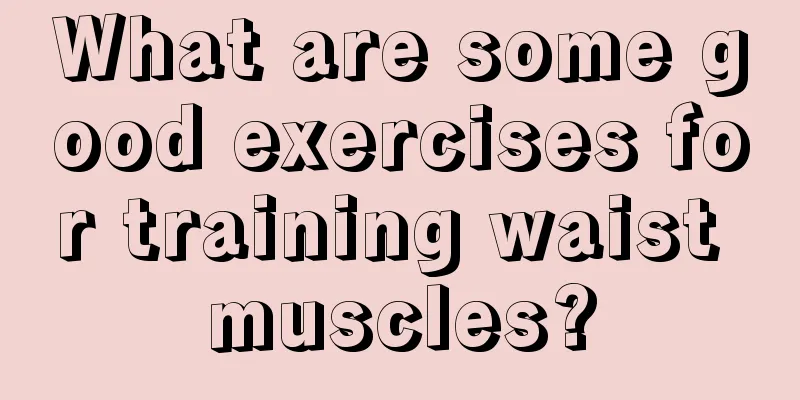What are breathing exercises?

|
Nowadays, many people hope to be healthy, but due to various factors, they are more likely to have various sub-health problems. At this time, people often have sub-health symptoms to varying degrees. So, in the end, many people often need to exercise. Various sports are also very popular. For example, breathing exercises. So what exactly are breathing exercises? Respiratory movement, also known as gas exchange or respiration, refers to the whole process of gas (mainly oxygen and carbon dioxide) exchange between the body of humans and higher animals and the external environment. In humans and higher animals, there is a distinction between internal respiration and external respiration. The former refers to the gas exchange process between tissue cells and body fluids, and the latter refers to the gas exchange process between blood and external air. Respiration generally refers to external respiration. External respiration is achieved by the rhythmic expansion and contraction of the thorax, and the resulting passive expansion (inhalation), contraction (exhalation), and rest of the lungs. A healthy adult breathes in and out about 16 to 18 times per minute at rest, while a child breathes in and out about 20 to 30 times per minute, with each inhalation and exhalation of about 500 ml of gas. People's breathing patterns vary under different conditions. The movement that is mainly based on the ribs is called "thoracic breathing", and the movement that is mainly based on the diaphragm and abdominal wall muscles is called "abdominal breathing". Breathing exercise is a kind of exercise that improves respiratory function, promotes blood circulation and reduces the burden on the heart. The three commonly used ones are general breathing exercises, local breathing exercises and special breathing exercises. General breathing exercises include simple exercises and breathing coordinated with limb and torso movements. Partial breathing is a breathing exercise that focuses on one side or part of the lung. The contraction and relaxation of the respiratory muscles causes the chest cavity to expand and contract in a regular, alternating manner. It includes two processes: inhalation and exhalation. The basic meaning of breathing movement is to enable the gas in the lungs to exchange with the external gas, effectively provide oxygen for the body's metabolism, and expel carbon dioxide produced in the body. The main respiratory muscles involved in respiration include the diaphragm, external intercostal muscles, internal intercostal muscles and abdominal wall muscles. When you inhale peacefully, the diaphragm and external intercostal muscles contract, causing the front-to-back, left-to-right, and upper-lower diameters of the chest cavity to increase, and the lungs to expand accordingly, forming an active inhalation movement. When the diaphragm and external intercostal muscles relax, the ribs and sternum return to their original positions due to their own gravity and elasticity. As a result, the chest cavity shrinks and the lungs also retract, forming a passive exhalation movement. There are two types of respiratory movements: thoracic breathing and abdominal breathing. The former is mainly based on the activity of the intercostal muscles, which manifests as the rise and fall of the chest wall; the latter is mainly based on the activity of the diaphragm, which manifests as the rise and fall of the abdominal wall. Generally, adult women breathe mainly through the chest, while infants and men breathe mainly through the abdomen. When an adult is at rest, the respiratory rate is 16 to 20 times per minute, with each inhalation and exhalation of approximately 500 ml of gas. Based on the principle of respiratory movement, artificial methods can be used to make the chest cavity expand and contract rhythmically to help patients with weakened respiratory movement or temporary breathing stop maintain lung ventilation function. This is called artificial respiration. Artificial respiration is often used to rescue patients with respiratory arrest, such as drowning, gas poisoning, electric shock, etc., where the heart is still beating but breathing has stopped; or the heart has stopped beating, but artificial respiration is done to facilitate artificial cardiac massage, to artificially maintain the patient's lung ventilation, to improve systemic hypoxia through pulmonary ventilation, to promote the recovery of respiratory center function, and thus produce spontaneous breathing. In addition to breathing exercises, there are actually other exercises that are suitable for people to do. But you should know that if you only exercise without a scientific diet, it is often harmful. And you need to stay away from spicy food. Otherwise it will cause great harm. |
<<: Why does my lower back hurt when I do sit-ups?
>>: Is it better to run in the morning or in the evening to lose weight?
Recommend
How to exercise calf muscles quickly
Careful people will find that in reality, many pe...
How to exercise arm muscles?
Muscle exercises have attracted much attention fr...
How can I lose weight on my upper body?
People with upper body fat will give people a fee...
What is the reasonable time for exercise?
In the hometown of the Olympic Games, the followi...
Do you get dizzy when exercising? What happened?
Many people will experience some adverse reaction...
What are the precautions after swimming?
Many people like to go swimming at the beach in t...
How to effectively exercise muscles throughout the body
For men, having a muscular body is a symbol of st...
What are the exercise methods of skipping rope
Rope skipping is a whole-body exercise. It not on...
Why do I feel tired the next day after working out?
I believe that many people are very envious of a ...
What causes calf pain after brisk walking?
Nowadays, people all know that exercise is a good...
Rapid fat loss training
For girls, losing weight is also a lifelong event...
What are some good yoga exercises for breasts?
Women's breasts are very sensitive and are pr...
What exercise is the fastest way to lose weight in summer?
Losing weight as a trend has become a consensus a...
What is the most effective exercise for chest muscles?
Usually, many friends do fitness, which is also a...
What should I do if I feel sore all over after strenuous exercise?
In daily life, it is quite normal to feel sore ar...









